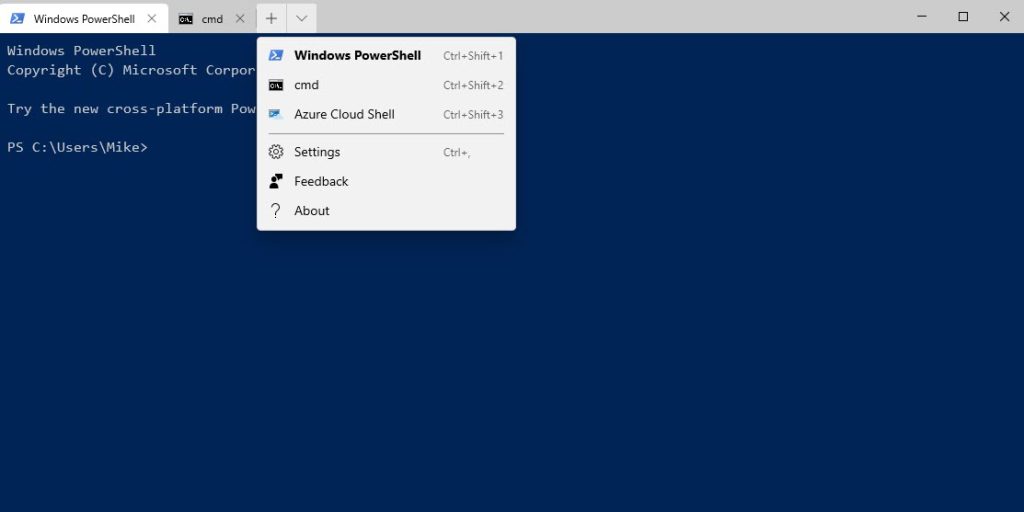
In the Installation method list, click Telephone, and then click OK. In the Terminal Server Licensing snap-in, right-click the Terminal Services license server, and then click Properties. On the new Terminal Services license server, click Start, click Administrative Tools, and then click Terminal Server Licensing. Install Terminal Services Licensing on the target server. If you need to connect to a user RDP session, you can use the RDS shadow connection mode (it also works on an RDSH in a workgroup).After you move the CALs, you must deactivate the old license server. $RevokePC = $TSLicensesAssigned | ? sIssuedToComputer -EQ $compname # the computer name you want to revoke a license from $licensepacks = Get-WmiObject win32_tslicensekeypack | where Use the RDSLicensing console or this PowerShell script: If there are no free Per Device licenses, you can manually revoke licenses for some user devices. The license is issued for the period of 52-89 days (a random number).

At the second logon, a permanent license is issued that appears in the Remote Desktop Licensing Manager.

Make sure that more than two active users can connect to the server simultaneously.Īt the first login, a temporary license is issued for a user device (an RDS Per Device licensing feature). Now users can try to connect to your RDS host using mstsc.exe (or any other RDS client) from their computers. The same policy allows RDP access for non-admin users even to the domain controller. This user group is allowed to logon remotely through the Allow logon through Remote Desktop Services GPO option (Computer Configuration -> Windows Settings -> Security Settings -> Local Policies -> User Rights Assignment).


 0 kommentar(er)
0 kommentar(er)
